ENIAC - The First Computer In The World And 12 Interesting Facts
Anil - Jun 13, 2019
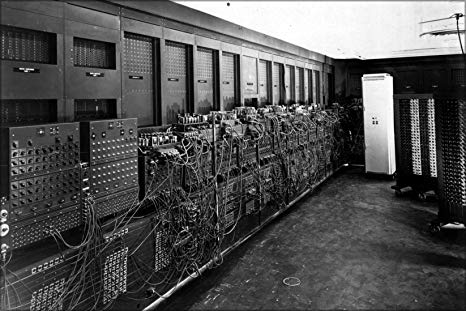
The ENIAC computer did cost around $500,000 at that time, which is calculated to an estimated $6 million at present.
- A Math Formula Tells Us How Long Everything Will Live
- Receive Buffers And Other Tips To Improve Your Internet Connection
- 21 Strongest Militaries In 2021 That You Should Know
Up to now, we're hearing about 5G technology or something like drone and supercomputer day by day. It's safe to say that all those devices and technologies are essentially based on the computing system, which was introduced decades ago.
Today, we are going back to discover the very first footprint of the computer's timeline. Given out that the name of this machine is ENIAC, let's take a look at the first computer in the world and find out how it was created, the way it worked or its physical size.
1. ENIAC was the shorten name of Electronic Numerical Integrator And Computer, which was built in the 1940s. It was obviously the world's most complicated electronic system at that time.
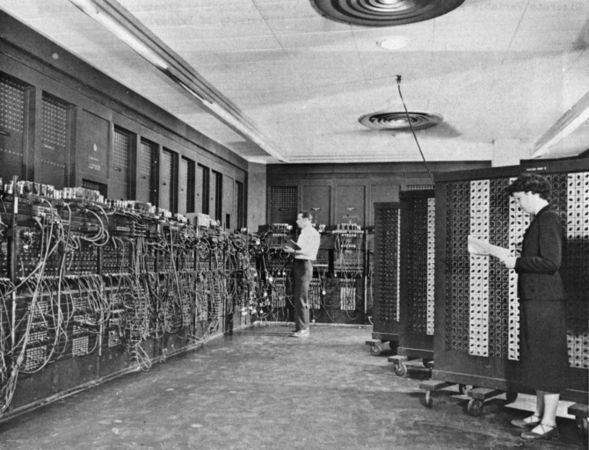
2. The ENIAC was first designed for the U.S Army during the World War II, but the war ended before the machine was completed.
3. In facts, the ENIAC computer did cost around $500,000 at that time, which is calculated to an estimated $6 million at present after the adjustment for inflation. With approximately 25 tons in weight, it needed nearly 700 square feet to be placed in.
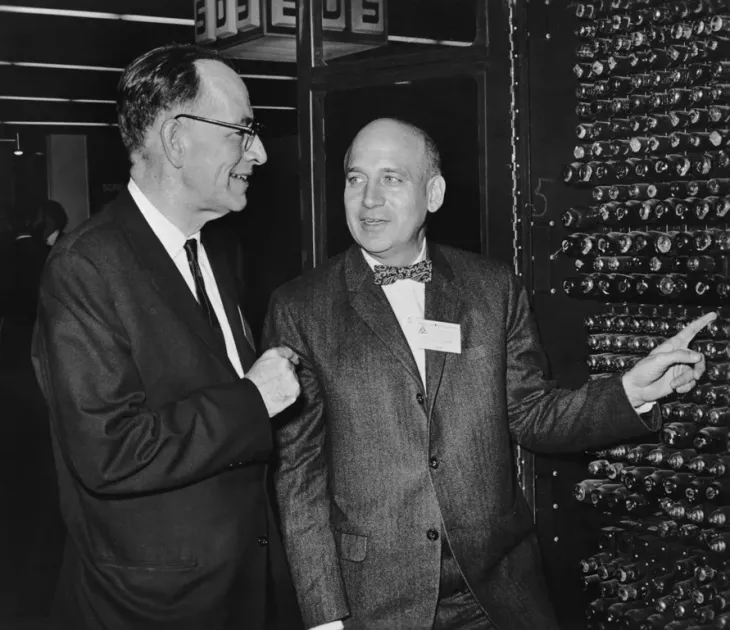
4. ENIAC was first invented by Dr. John Mauchly while he was working at the University of Pennsylvania. In the 1940s, he started working on his own concept for an electronic calculating machine. Mauchly completed ENIAC shortly after the end of the World War II, with the help of his partner, John Ekert. They had spent two and a half years to design and build it. Then, the US Army began financing for their work due to the need of a faster computer to support them during the world for calculations for artillery firing tables, hydrogen bomb, weather prediction, etc...
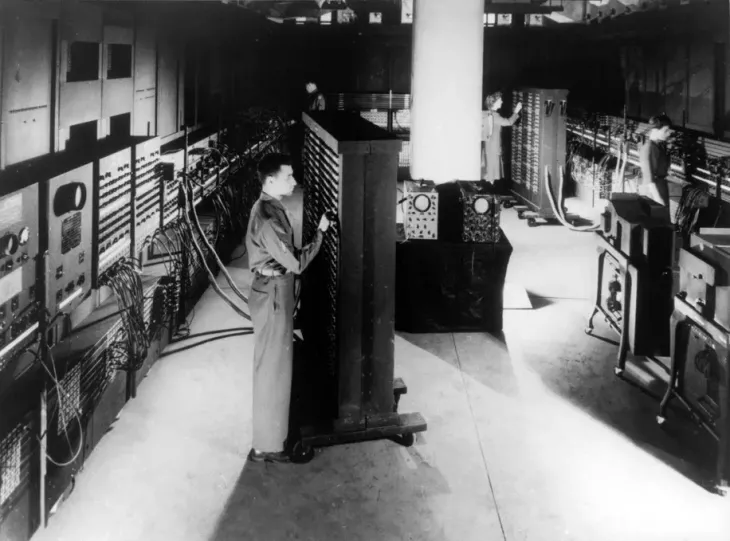
5. At the time, the computer's power was still fascinating: the ability to complete the functions which one man would spend a day on in only 15 minutes. To program the computer, the operation consisted a massive series of switches and plugs. Making the computer ready for one single program could take many days or even weeks.
6. After the completation, the world's first computer reportedly contained more than 17,000 vacuum tubes, 70,000 resistors, 7,200 diodes, 1,500 relays, and millions of hand-soldered joints. ENIAC needed a staggering 160 kilowatts in total consumption of power. Due to its massive hardware specs, ENIAC was able to perform 5,000 additions, 360 multiplications, or nearly 40 divisions.
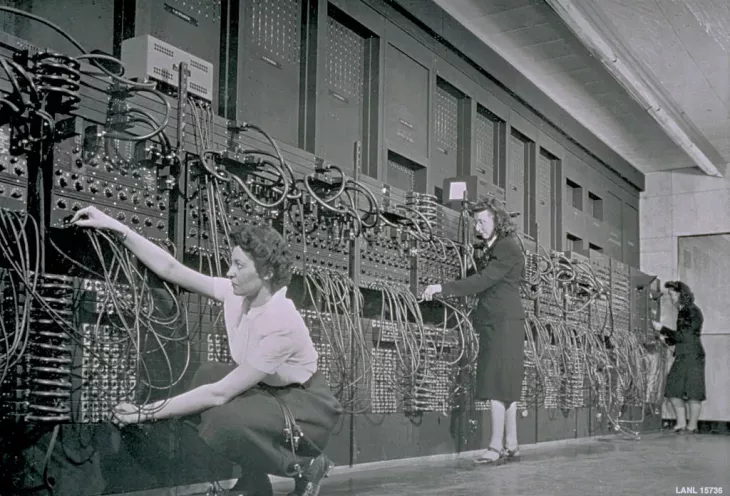
7. ENIAC was the first general-purpose computer in the world, but it still got troublesome because of the reliance on vacuum tube in the initial stages. There were several tubes burning out every day in its early years, which made the ENIAC inoperable for about half time it was on.
8. A number of first programmers were women. All of them have entered the Women in Techology International Hall of Fame. Due to the strategic purposes, the government kept ENIAC's existence as a guarded secret until the end of the war. However, when the ENIAC was introduced to the public, the US Army hadn't named this team but only its inventors (John Mauchly and John Eckert).

9. Thanks to the ability of connecting to a load of accumulators together, ENIAC was capable of performing parallel calculations.
10. It was in 1943 when a freeze on design showed that the computer was not initially able to store programs in any type of memory.
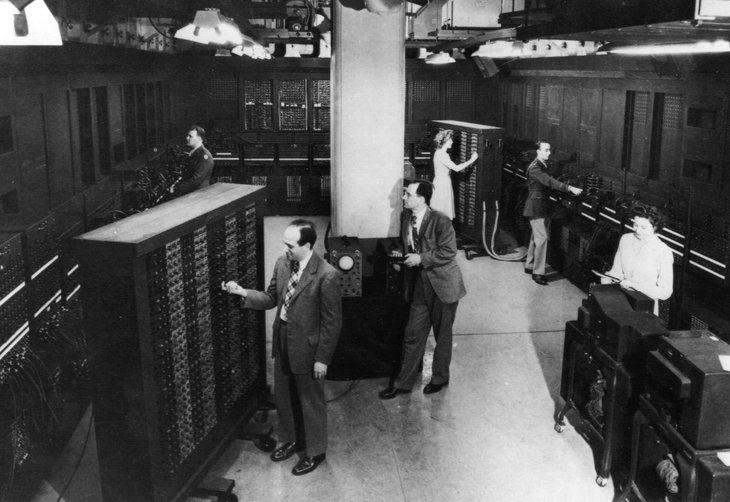
11. After that, an extensive modification allowed it to make additional enhancement in storing programs in a simple form of memory in 1948. The new modification coming with three accumulators for specific tasks had considerably reduced its speed somehow, but also lessen the time it needed to program greatly.
12. The computer continuously ran from July 1947 to October 1955. ENIAC was then replaced by its successor, dubbed EDVAC - a binary computer.
Featured Stories

Features - Jul 01, 2025
What Are The Fastest Passenger Vehicles Ever Created?

Features - Jun 25, 2025
Japan Hydrogen Breakthrough: Scientists Crack the Clean Energy Code with...

ICT News - Jun 25, 2025
AI Intimidation Tactics: CEOs Turn Flawed Technology Into Employee Fear Machine

Review - Jun 25, 2025
Windows 11 Problems: Is Microsoft's "Best" OS Actually Getting Worse?

Features - Jun 22, 2025
Telegram Founder Pavel Durov Plans to Split $14 Billion Fortune Among 106 Children

ICT News - Jun 22, 2025
Neuralink Telepathy Chip Enables Quadriplegic Rob Greiner to Control Games with...

Features - Jun 21, 2025
This Over $100 Bottle Has Nothing But Fresh Air Inside

Features - Jun 18, 2025
Best Mobile VPN Apps for Gaming 2025: Complete Guide

Features - Jun 18, 2025
A Math Formula Tells Us How Long Everything Will Live

Features - Jun 16, 2025
Comments
Sort by Newest | Popular